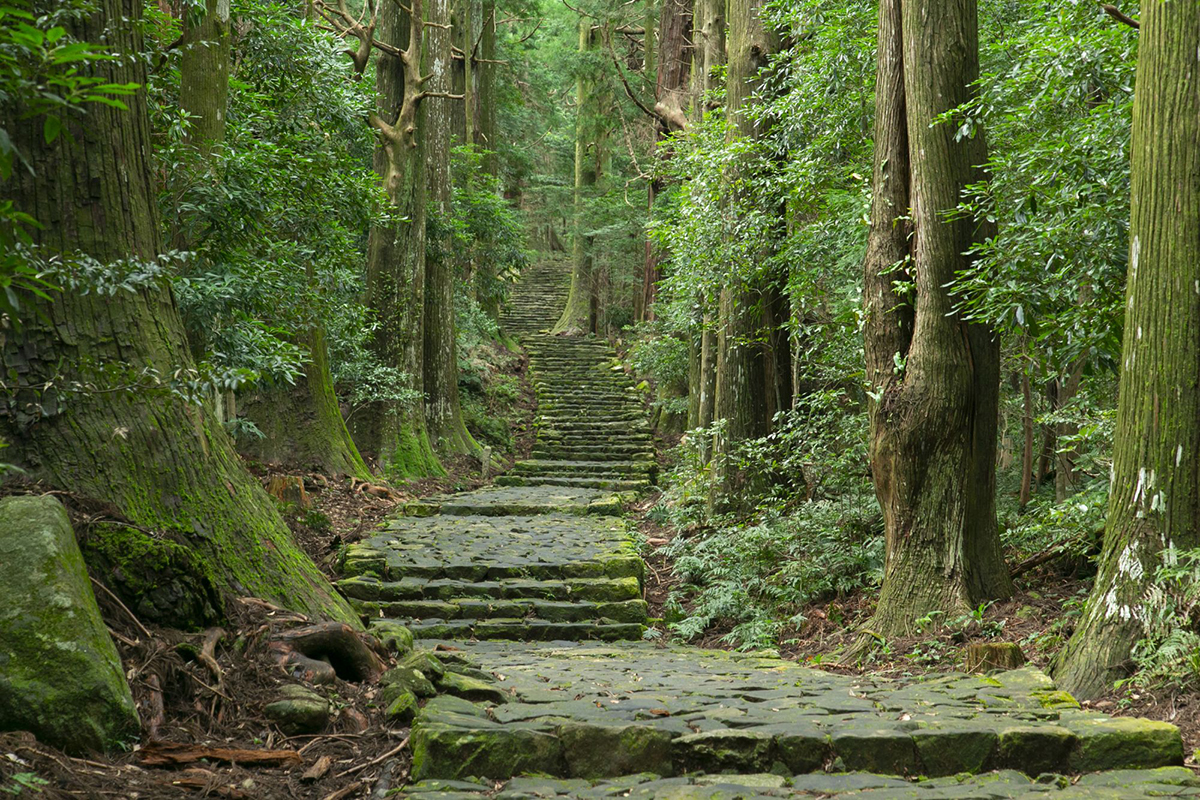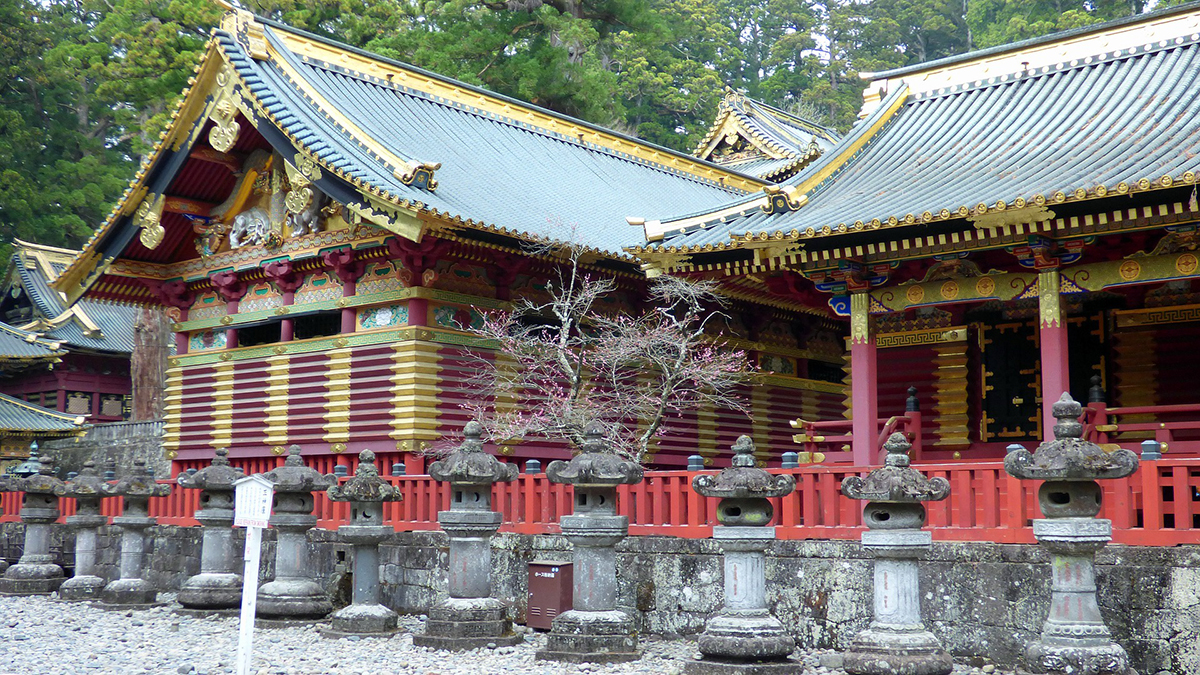JOMC Newsletter
Introducing our Comprehensive Range of Travel Brochures in Multiple Languages
To help overseas tour operators create and market tours to Japan, JNTO is producing a series of high-quality online travel pamphlets and brochures about different aspects and regions of the country. These are designed to be useful also for individual travelers planning their own trips, as well as for the media. You will find them at https://www.jnto.go.jp/brochures/all/index.php.
The materials cover a wide scope of sightseeing topics, ranging from food experiences to shopping and cultural sites of interest. Available in 13 languages, including German, Chinese, Russian and Thai, they are conveniently categorized by language, publisher, category, and location, making it easy to find information of specific interest.
So, for example, travel professionals from France interested in creating tours of Japan offering food experiences, or tourists in China interested in activity holidays in Hokkaido, can search using those key terms and find the information they need. The catalog includes brochures and pamphlets published by JNTO, municipalities and JNTO partners.
Here are some examples of the materials available via the JNTO website and their content:
1. Visit Wakayama (Published by the Tourism Division, Wakayama Prefectural Government)
https://partners-pamph.jnto.go.jp/simg/pamph/1169.pdf
Wakayama sits on the Kii peninsula in the central part of Honshu, facing the Pacific Ocean. The prefecture is part of the Kansai region, which includes Osaka, Nara, and Kyoto. The area is dominated by the Kii mountains, and features World Heritage ancient pilgrimage routes, sacred shrines, and mountaintop temples.

©JNTO
Its 600-kilometer coastline includes fantastic ocean views and some world-class beaches, including Shirarahama, a blazing strip of white sand fanning around a bay of amazingly clear water. It's understandably a popular summer spot and renowned as the sister beach of Hawaii's famous Waikiki. The region also boasts numerous hot spring resorts.
For over 1,000 years, pilgrims have walked a network of mountain paths and cobbled staircases on their way to visit the grand shrines of Kumano. Their routes became a registered UNESCO World Heritage site in 2004.

©JNTO
Further north, the mountaintop temple complex Koyasan was founded by a monk who chose the site because he thought the eight peaks in the area resembled a lotus flower. At the centre of Koyasan is the beautiful Danjo Garan Sacred Temple Complex.
The warm waters off the Wakayama coast are teeming with marine life, including tuna, a local specialty. Inland, the fan-shaped Aragijima rice paddies are a favorite with photographers who come to snap the seasonal changes of the terraced fields. An observation area is located next to the Aridagawa River.
The impressive white Wakayama Castle with its distinctive gabled roof sits on top of a hill overlooking Wakayama City. Visitors can explore the inside of the castle and stroll the scenic grounds. The area around Wakaura Bay has long been a source of inspiration for writers and poets.
2. Nikko To Go! (published by DMO Nikko)
https://partners-pamph.jnto.go.jp/simg/pamph/1550.pdf
Nikko, explains this brochure, is "a spiritual place surrounded by breathtaking landscapes." It traces its history back to ancient times when mountain worship was practiced nearby. In the late 8th century, the Buddhist monk Shodo Shonin came to the area to practice mountain asceticism, believing it to be sacred.

Nikko Toshogu Shrine is the jewel in the crown of Nikko. The third-generation shogun and grandson of Tokugawa Ieyasu, the first shogun of the 260-year-long Edo shogunate, oversaw the construction of this luxurious complex in only 17 months at an expense equivalent to about 40 billion yen in today's money (around 350 million US dollars). The buildings themselves and their carvings and other decorations were created by the most skilled craftsmen in Japan at the time. With its vividly colorful Yomeimon Gate, elaborate Karamon Gate, and various sculptures of animals and divine beasts, the Toshogu Shrine is Nikko's representative and most overwhelming spiritual site.
The Grand Spring Festival is held here each May. It features traditional archery on horseback, with archers skillfully riding white horses up the shrine path and shooting at targets. Over 1,200 armored warriors parade in a long procession.

©JNTO
The resplendent Nikko National Park features dynamic waterfalls and lakes surrounded by marshy grasslands and deep forests. Its natural beauty was created by a series of volcanoes stretching out from Mount Nantai, eruption of which around 20,000 years ago blocked the valley and resulted in the formation of Lake Chuzenji and the neighboring marshlands. The water flowing from this and other lakes became rivers, creating waterfalls and enriching the land as it continued to flow into yet more rivers. This has allowed Nikko's habitat to develop and thrive over the course of many years, and the area's picturesque and ever-changing scenery overwhelms the senses.
You will find similar details of many of Japan's other well-known-and less well-known-attractions in JNTO's online library of brochures and guides. Be sure to check them out!
